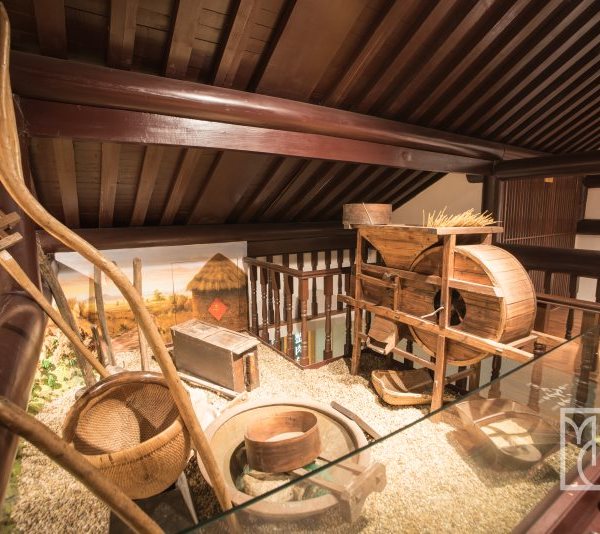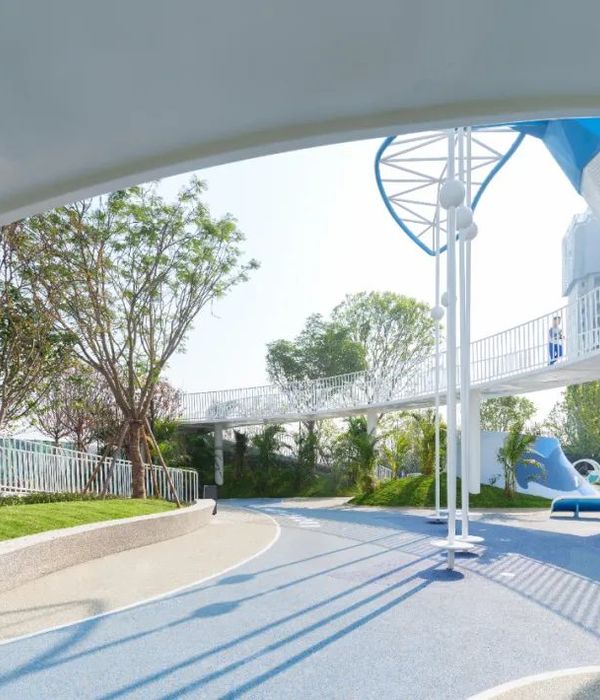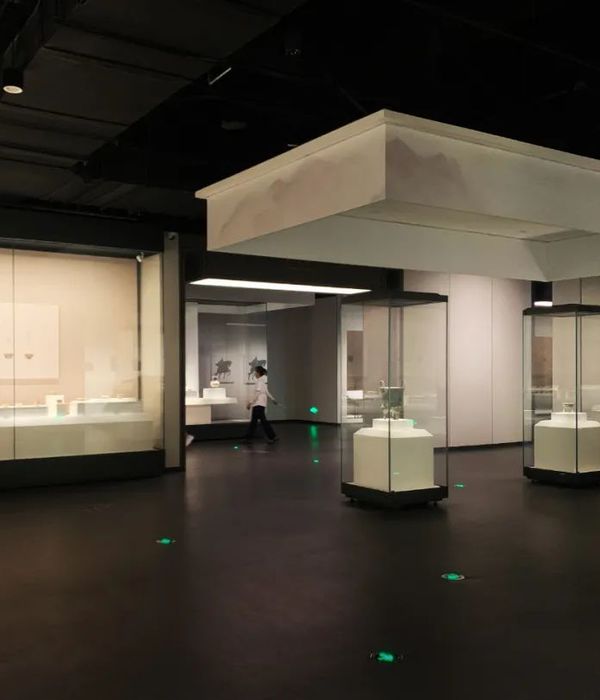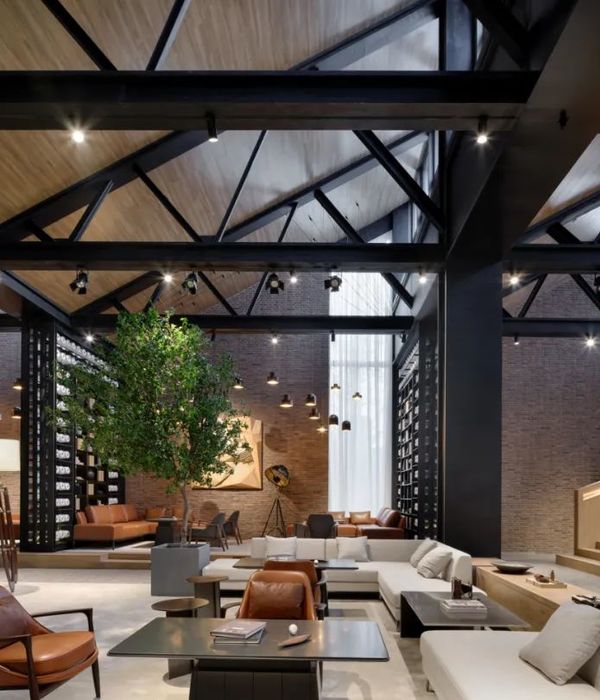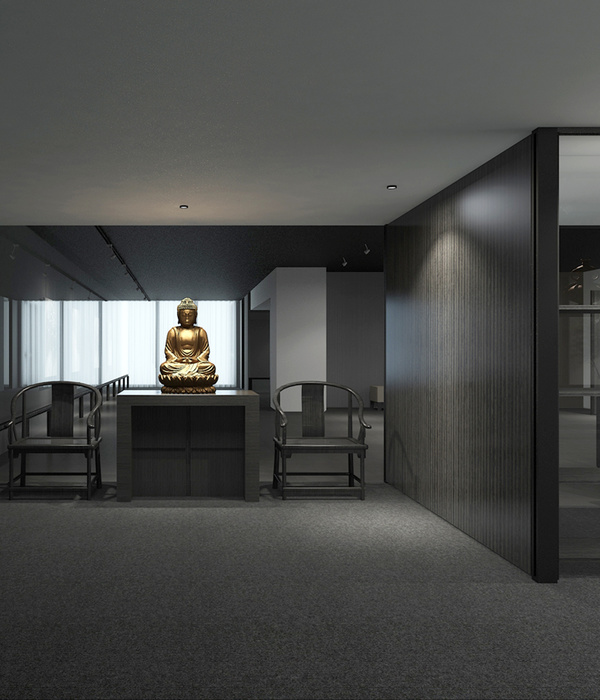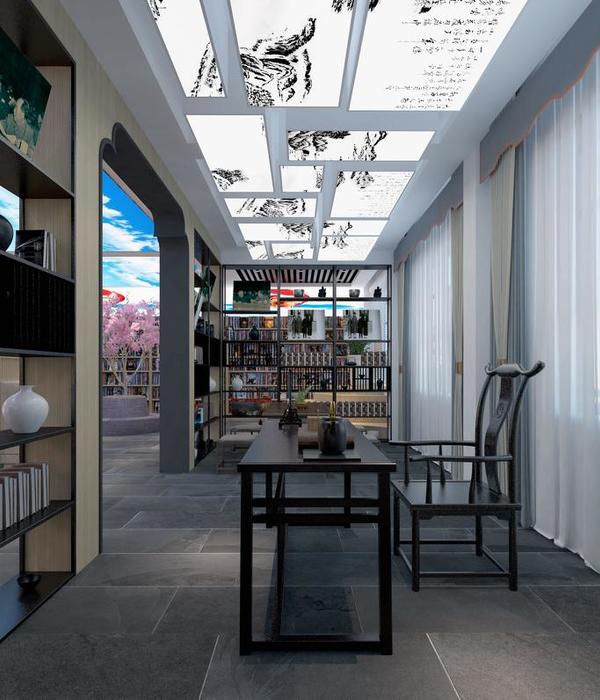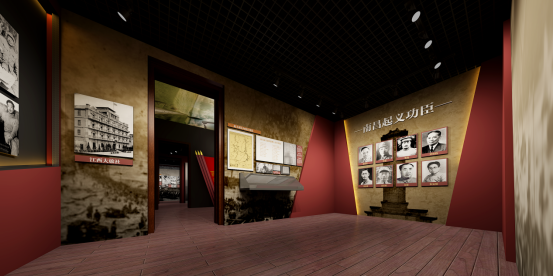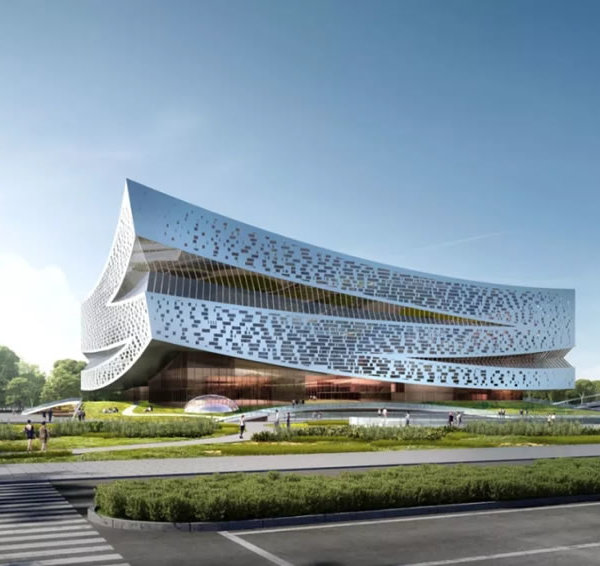The Eurasia Tunnel is one of those rare megaprojects whose story must be told. It is an endeavor as grand as any crossing, another one of those transport “lines” on a map that are drawn across the face of the earth. Turkey is going through many such endeavors recently and indeed 2016 has seen a few such grand projects come to fruition. Istanbul for one has its fair share, with the Yavuz Sultan Selim Suspension Bridge across the north of the Bosporus, and the Eurasia across the south end, topping and tailing the strait as it were. A tunnel seems less glamorous but it is no less glorious, making a crossing in a location of the continents that are perhaps the most sensitive and delicate historically. The Tunnel connects the Unesco protected Sultanahmet district of Istanbul rich with some of the most valued remains of the Byzantine empire topped by centuries of rule by the Ottomans who have endowed this peninsula with some of the most important historical remains of the World. No less important but not as delicate is the exit point of the Tunnel, some 5,4 km later on the Asian side at the heart of Kadıköy.
The idea, the realization, the technology and expertise as well as the people that made it possible weave an interesting story that was waiting to be told and the Eurasia Tunnel Museum on the Asian side is designed to do just that. Located in the entrance hall of the Eurasia Tunnel Control Building, the museum is an 80sqm area, which also doubles up as the reception to the Eurasia Tunnel Control Building.
The Design
The approach to the exhibition was to be simple and clear in telling the story of the Tunnel, addressing four main questions that come to mind when studying any similar endeavor:
Why is there a need for connecting Europe and Asia? How was the tunnel built? What is the machinery that made it possible? Who are the people who made it possible? These questions became the chapters of the storyline presented to the visitors of the exhibition, starting with an historical overview of many previous attempts to connect Europe with Asia at this point, going back to the times of the Persians crossing the water to invade ancient Greece. There is also an overview of similar projects around the world, making reference to other long tunnels compared with Eurasia.
The story moves clockwise, taking us through how the design was carried out, focusing in on important project details, breakthroughs in construction technology, approaches to earthquake safety, minimizing damage to the environment, and research and development during the course of the project. There is a timeline of major milestones, and financial make up of the project, with behind the scenes facts about the people involved in the development which connects to the machines that made it possible and of course most notably the TBM (Tunnel Boring Machine) that was manufactured in its entirety in Germany. The story ends with the people behind the story including the names of hundreds of individuals who had a hand in the project as well as the visionaries who drove the vision.
The story of the Eurasia Tunnel is told with cutting edge digital mapping technology, engaging the visitor in the Tunnel’s head spinning process of creation, which is itself a wonder of human resource, creativity and endeavor. The museum matches this with its own creative techniques of storytelling from an interactive touch table, virtual reality glasses, interactive touch-pads to an all immersive ‘surround vision’ projection environment, which will absorb visitors like never before in Turkey.
The most engaging characteristic of the museum is the multilayered way in which the story is told. The most absorbing is the massive wall projection, which immerses the visitor in a joy of its vision immediately upon entering. Quickly he realizes that through the many elements of physical objects, wall graphics that surround him, iPads in which deeper layers of information and data are exposed, a ‘mapped’ model cross section through the Bosporus and a round “touch table” which invites the visitor to interact with the information in a unique way, one element complements the other and all together they form a complete whole.
The Immersion into Big Data
Four main projection devices are used to project dynamic wall mapping information on to a 16m long screen, which is a constantly changing massive data source that immerses the viewer upon entry to the exhibition. In each section information under the headings of Why – The Dream Come True, How – From Dream to Reality, What – Dream Technology, and Who – United by a Dream, is transmitted through linear information loops that thematically link and integrate vertically with the other sources of information available.
Forming a continuous base line to the Wall Projections is a strip of fixed text panels overlaid on to a map of the route of the tunnel starting with the motorway entry point on the European side and ending with its exit and link to the E5 motorway system on the Asian side. Subtle colour coding on the fixed wall graphics clarifies this vertical theming, and these colors are recalled in the fixed elements that are spread around the space below the Wall Projections.
A Tunnel Section mapped digitally shows how the tunnel passes the Bosporus below the sea, encountering the geological make up of the strait, and indicating where “seismic joints” are placed to deal with the earthquake fault lines that run through this part of Istanbul. The designers of the tunnel will surprise with a statement that during the largest magnitude earthquake, the tunnel would be the safest place to be for anyone. We hope that this is an experience we will never have but nevertheless it is comforting to know that the design has taken in to account the worst that can happen.
The Tunnel Boring Machine model that gradually turns acts as a centerpiece of the section describing the machines that achieved this seemingly impossible task.
In the Who section there are even the heard hats of some of the many people who worked to make this a reality as well as the signed hard hat of the President of the Republic, who finally opened the tunnel on the 20th of December 2016 as promised.
The Interactive Touch-table
A project like Eurasia Tunnel brakes records, comes first (or near the top) in some fields and is reflected in some surprising statistics – information of this kind is presented to the visitors in a uniquely designed and interactive way as “10 Facts about Eurasia” on the Round Touch-table in the center of the room. The table becomes active when a movement sensor activates it. In the opening sequence through an animation we see the satellite image of the Bosporus as seen from outer space; we come nearer to the sea surface and dive into the sea and then the rocks and sand. Then the TBM face appears, spinning and cutting through the geological formation and finally becoming the finished tunnel with traffic flowing through it.
Then an interaction interface appears on the table surface, with ten fields around its perimeter, each representing one fact with one catchword or phrase. When a visitor touches one in front of them, it opens into an animation about that fact (ca 10 sec). Touching some facts influence the rest of the table for 5 seconds, then they reappear.
Deeper Layers of information
In any project of this kind, which takes many years to realize, and in which many thousands of documents are produced, there just is not enough space to put all that information in to an exhibition without overwhelming the visitor who is there for a short visit. For those who are further interested and academics and researchers who wish to know more seven iPad touch screens are placed around the perimeter of the space.
Most of these iPads are positioned on a linear folded metal element that draws a line around the perimeter of the space also defined by the wall projections. The metal element changes form to at times support a physical model, at other times to contain physical documents such as drawings, and sketches and yet other times makes a convenient surface on which to rest virtual reality glasses which take you inside the TBM machine.
The theme generated by the ‘folding’ of the metal element is taken through in to the design of all elements whether these are showcases for the worn out cutting ‘teeth’ that are in the center of the room, or supports for the awards and construction helmets that are placed in the space as an integral part of a whole which makes sense both visually and thematically.
The remains of the process
When visitors leave the building, they are shown around the corner to the area where remains of pieces of machinery are positioned on large concrete plinths under a canopy. The space is dominated by a reconstructed composition overlaying a large technical drawing for clarity, showing clearly where these machine parts took a role in the bigger scheme of things. Other machinery pieces are arranged into more abstract compositions, the roles of which are, however, still explained by diagrams and drawings.
Further still in the gardens of the building are placed parts of the mock ups which were built for the seismic joints, and the concrete segments that make up the tunnel surface, as well as some elements from the pre-cast entrance portico to the tunnel itself.
A complex orchestration
The work was not only delivered in an extremely short time scale, (6 weeks from start of contract), it also entailed R&D time creating an unusually large interactive table using high-tech touch surfaces of the kind seen in modern telephones today, hitherto not seen in Turkey.
Exhibition Credits: Client Avrasya Tüneli İşletme İnşaat ve Yatırım A.Ş. (ATAŞ) Curator Sanja Jurca Avcı Exhibition Design and Direction Sanja Jurca Avcı & AVCI ARCHITECTS Team Sanja Jurca Avcı, Selçuk Avcı, Ahmet Kapıcıoğlu, Tolgahan Akbulut Technical Design Consultant Şener Çardak Project Management AVCI ARCHITECTS Selçuk Avcı, Koray Tokdemir, Arda Can Buze Graphic Design AVCI ARCHITECTS Design Team Tolgahan Akbulut, Sanja Jurca Avcı Content Research, Copywriting and Editing Öncü Gönenç, Dilay Letafet Ok, Ulaş Erboylu, H. Melih Mumcu, Aşkın Kaan Kaptan, Ceren Alaca Bayındır, Dominick Donghee Kim, Sanja Jurca Avcı, Ahmet Ergenç, Innes Welbourne Exhibition Construction and Installation SERGIKUR Şener Çardak Multimedia Concept Development NOHLAB Team Candaş Şişman, Deniz Kader Multimedia Production, Electronic Engineering NERDWORKING Team Erdem Dilbaz, Doğuş Dilbaz Creative Coding, Media Server Software Development Licht.Pfad Studio Interaction Design Erdem Dilbaz, Licht.Pfad Studio Technical Provider YEKPARE Cihaner Nişancı Lightning Design Consultant Y+ALD Yıldız Ağan
{{item.text_origin}}

